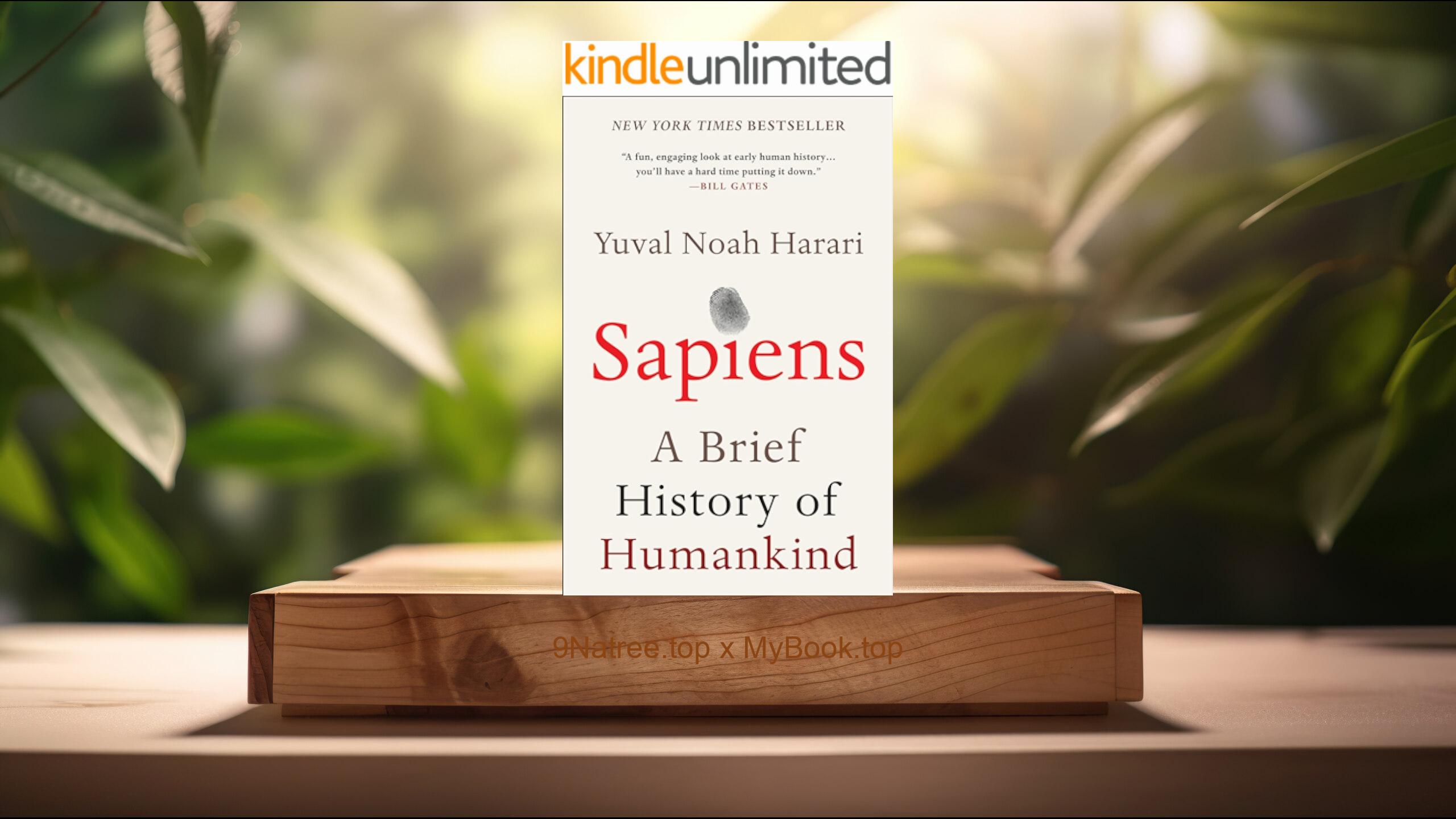Show Notes
Buy on Amazon: https://www.amazon.com/dp/B01CWZFBZ4?tag=9natree-20
Read more: https://mybook.top/read/B01CWZFBZ4/
#OsageIndianmurders #FBIhistory #Americantruecrime #RacisminAmerica #Wealthandexploitation #Investigativejournalism #20thcenturyAmericanhistory #KillersoftheFlowerMoon
These are takeaways from this book.
Firstly, The Osage Murders, The Osage Murders form the central narrative of Grann's work, detailing a systematically executed series of crimes that targeted the Osage Indian Nation. In the early 20th century, the Osage were considered the wealthiest people per capita in the world due to the lucrative oil reserves under their land in Oklahoma. This newfound wealth, however, painted a target on their backs, leading to what came to be known as the ‘Reign of Terror’. Grann describes how the Osage were murdered one by one, through poison, shooting, and even bombing. What’s most horrifying is the cold calculation and manipulation by the murderers to gain control over the Osage’s wealth, employing tactics like forced marriages and dubious legal guardianships. This tragedy highlights the intersection of racism, greed, and exploitation, laying bare the dark underbelly of America’s expansion westward.
Secondly, The Birth of the FBI, Grann intricately connects the Osage murders to the evolution of the Federal Bureau of Investigation. Initially ill-equipped and unprepared, the investigation of the Osage murders presented an inflection point for the bureau under the leadership of J. Edgar Hoover. The bureau's involvement in the case signified a shift towards a more methodical, science-based approach to crime solving, incorporating forensic techniques and undercover operations. Grann portrays how the Osage murders compelled the FBI to redefine itself, moving away from a corrupt and ineffectual force to become a reputable, centralized agency. This transformation was not just pivotal in solving the murders but also marked the FBI’s foray into becoming a sophisticated national crime-fighting organization. The story of Tom White, the lead investigator, and his undercover team, illustrates the challenges and innovations that shaped the bureau's early days.
Thirdly, The Role of Racism, Racism serves as a critical backdrop to understanding the Osage murders and is a prevalent theme throughout Grann's work. The Osage Nation, despite their wealth, faced systemic racism that was both overt and insidious. They were infantilized and deemed incompetent to manage their own finances, leading to the imposition of white guardians. Grann demonstrates how such paternalistic policies facilitated the exploitation and murders of the Osage people. This racism wasn’t only societal; it permeated legal systems and enabled the murderers to manipulate laws to their advantage. The heart-wrenching narratives of the Osage families and the public’s indifference to their plight reveal a darker, often overlooked aspect of American history. Grann’s narrative forces readers to confront the uncomfortable truth about the role racism played in enabling and perpetuating the atrocities against the Osage Nation.
Fourthly, Wealth and Its Impact, Wealth plays a paradoxical role in 'Killers of the Flower Moon', acting both as a blessing and a curse for the Osage Nation. Grann elucidates how the discovery of oil on Osage land thrust the Nation into unprecedented prosperity. However, this wealth brought unwelcome attention, making the Osage victims of envy, greed, and ultimately, violence. The book explores how wealth can corrupt societal morals and legal systems, leading to exploitation and manipulation of the vulnerable. It also delves into the concept of guardianship—whereby white citizens were appointed to manage the financial affairs of the Osage, often leading to embezzlement and fraud. Such dynamics underscore the complexities of wealth in American society, highlighting the intersection of race, power, and economics.
Lastly, Investigative Journalism, David Grann’s role as an investigative journalist plays a significant part in 'Killers of the Flower Moon', shedding light on a largely forgotten chapter of American history. Utilizing a wide array of sources, from FBI archives to personal interviews, Grann reconstructs the narrative of the Osage murders with meticulous detail and sensitivity. His work exemplifies the power of investigative journalism in unearthing truths and bringing justice to light. The book is not just a recount of historical events; it’s a testament to the dogged pursuit of truth in the face of obstruction. Grann’s narrative is a compelling reminder of the importance of journalism in holding power to account and in telling the stories of those who have been silenced or forgotten.
In conclusion, David Grann's 'Killers of the Flower Moon' is an essential read for anyone interested in American history, true crime, or the evolution of law enforcement in the United States. It serves as a stark reminder of the effects of racism, the consequences of greed, and the resilience of the human spirit. The book is particularly relevant for readers interested in the complexities of race relations in America and the foundational events that shaped the modern justice system. By intertwining the tragic story of the Osage Nation with the birth of the FBI, Grann offers valuable insights into the complexities of early 20th-century America, making it a beneficial read for historians, legal scholars, and the general public alike. In exploring the depths of human depravity and the heights of courage, 'Killers of the Flower Moon' provides a compelling narrative that enriches our understanding of the past while offering lessons for the present and future.
![[Review] Killers of the Flower Moon: The Osage Murders and the Birth of the FBI (David Grann) Summarized](https://episodes.castos.com/660078c6833215-59505987/images/1744376/c1a-085k3-7nqw4dqzbk4-fexvar.jpg)




